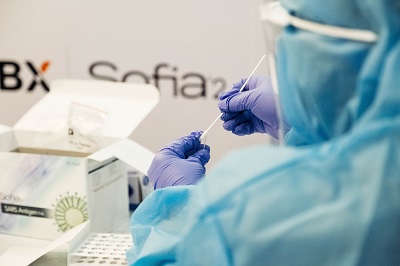Class C medical device registration with the Health Sciences Authority (HSA) in Singapore refers to the regulatory process for medical devices that are classified as medium to high risk. These devices are typically subject to more rigorous safety and performance standards due to their potential impact on patient health and safety.
Class C Medical Devices:
- Medium to High Risk: Class C devices are considered to present a medium to high risk to patients, either because they are intended for longer-term use, involve invasive procedures, or have critical effects on health.
- Examples of Class C devices include:
- Implantable devices (e.g., pacemakers, joint replacements)
- Surgical instruments
- Diagnostic devices that require invasive procedures
- Devices intended for life support or those critical to the body’s functioning
Key Requirements for Class C Devices:
- Safety and Effectiveness: The manufacturer must demonstrate that the device is safe and effective for its intended use.
- Clinical Data: Class C devices require clinical evidence to support claims of safety and performance. This may include clinical trials or published clinical studies.
- Compliance with International Standards: The device must meet relevant international standards, such as ISO 13485 (Quality Management Systems), ISO 14971 (Risk Management), and other applicable safety standards.
- Risk Management: The manufacturer must have a detailed risk management process in place, including risk assessments and mitigation measures for potential hazards associated with the device.
Purpose of Registration:
The purpose of registering Class C medical devices with HSA is to ensure that these products meet Singapore’s regulatory requirements and are safe for use by patients. The registration process verifies that the device complies with all necessary safety, performance, and quality standards, protecting both public health and the interests of healthcare professionals and patients.
In Summary:
Class C medical device registration with Singapore HSA ensures that higher-risk medical devices (such as implantable or life-supporting devices) are safe and effective for public use. The process requires the submission of comprehensive technical documentation, including clinical evaluation reports and risk management plans, and is designed to protect patient health by ensuring that these devices meet stringent safety and performance standards.

Whatsapp or Wechat:+86 15816864648;email address:hito.lin@grzan.cn
.png)
.jpg)
.png)

.png)